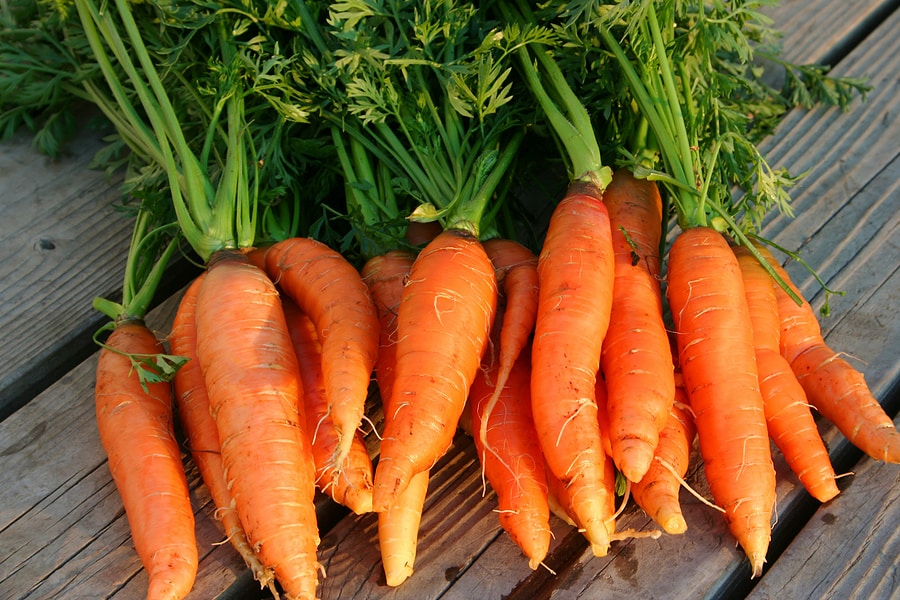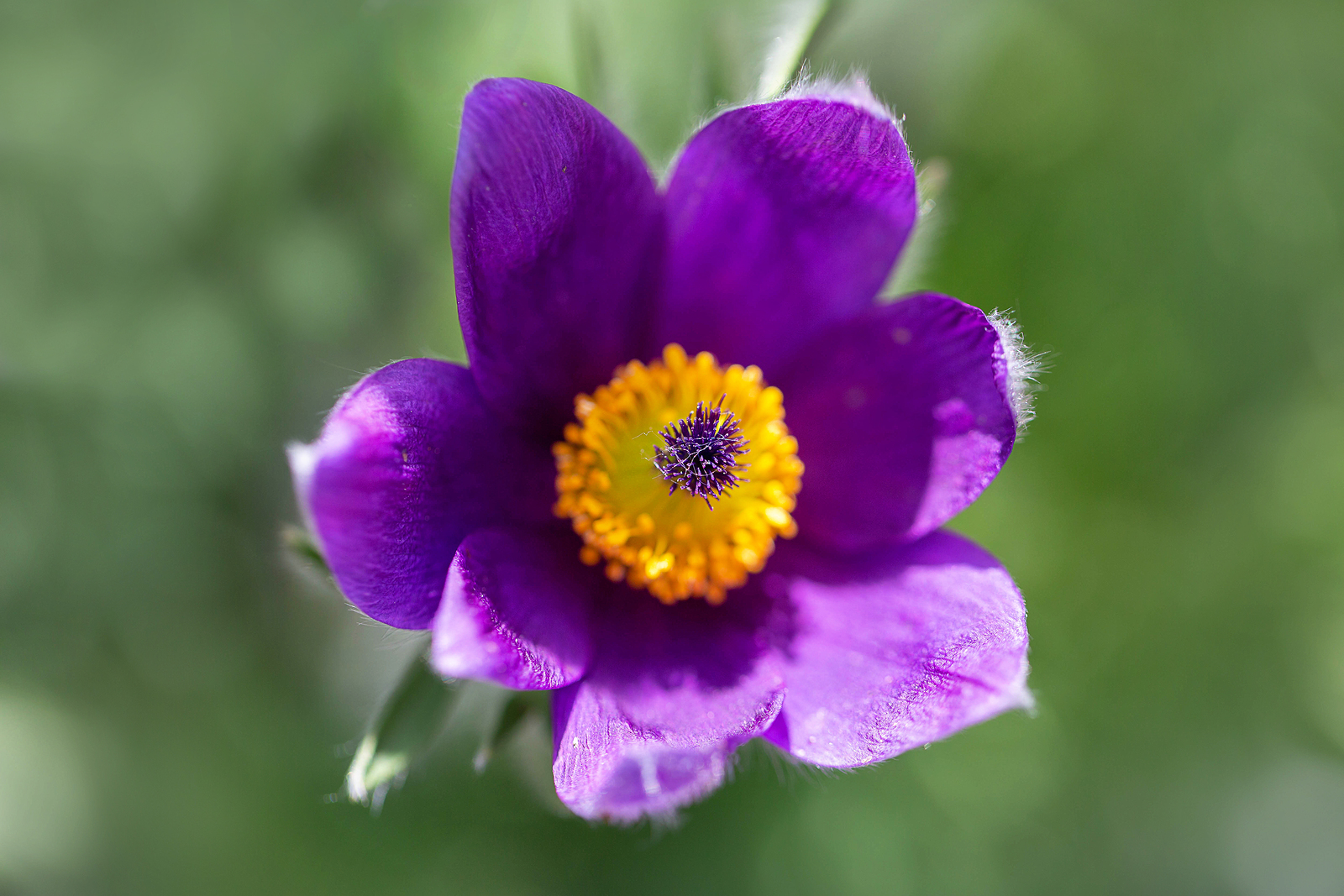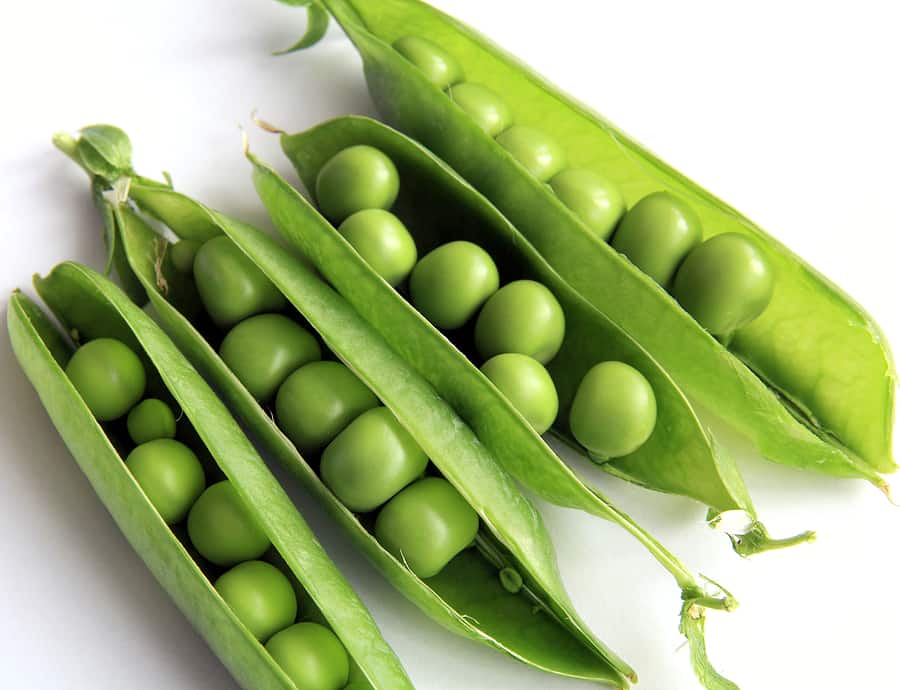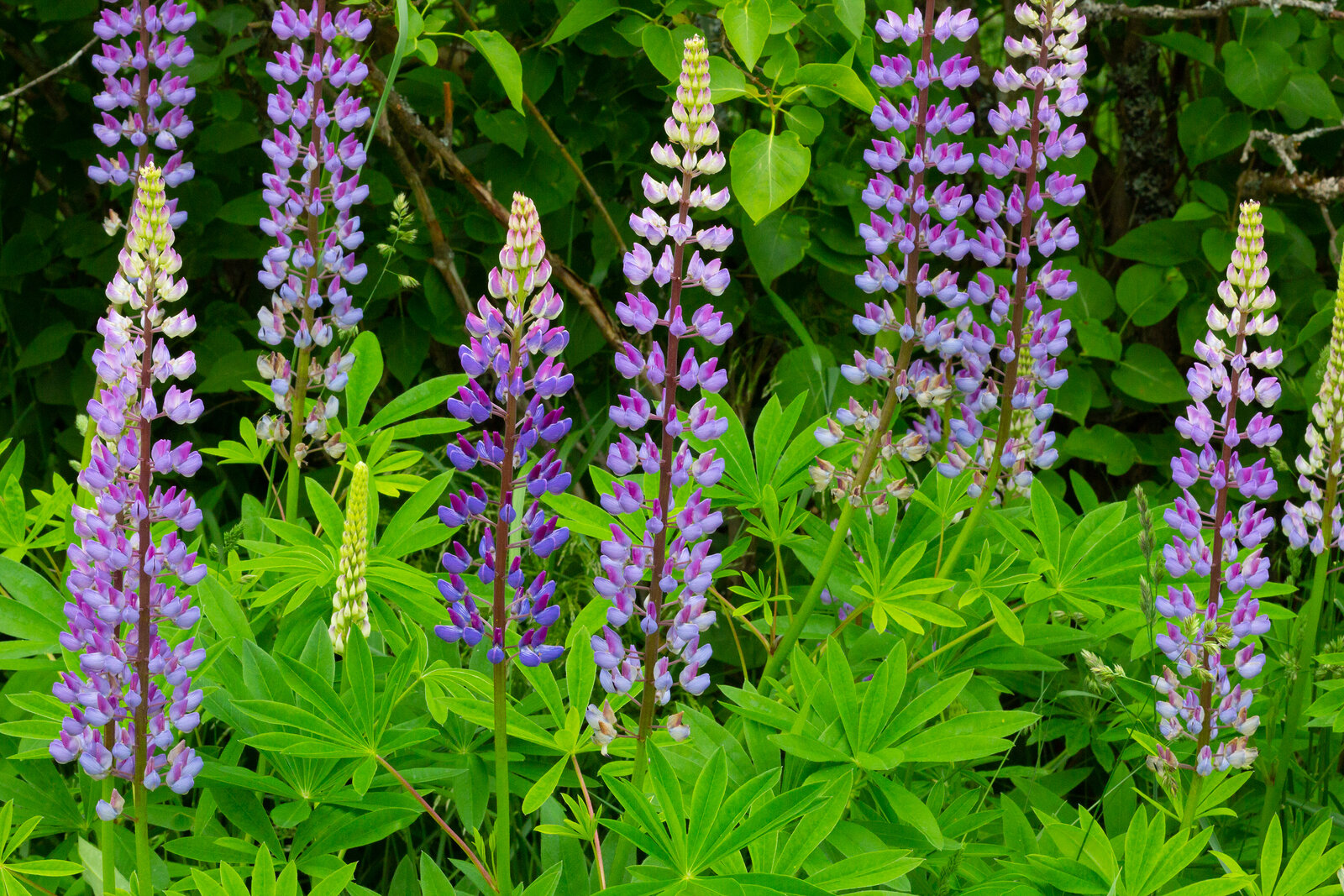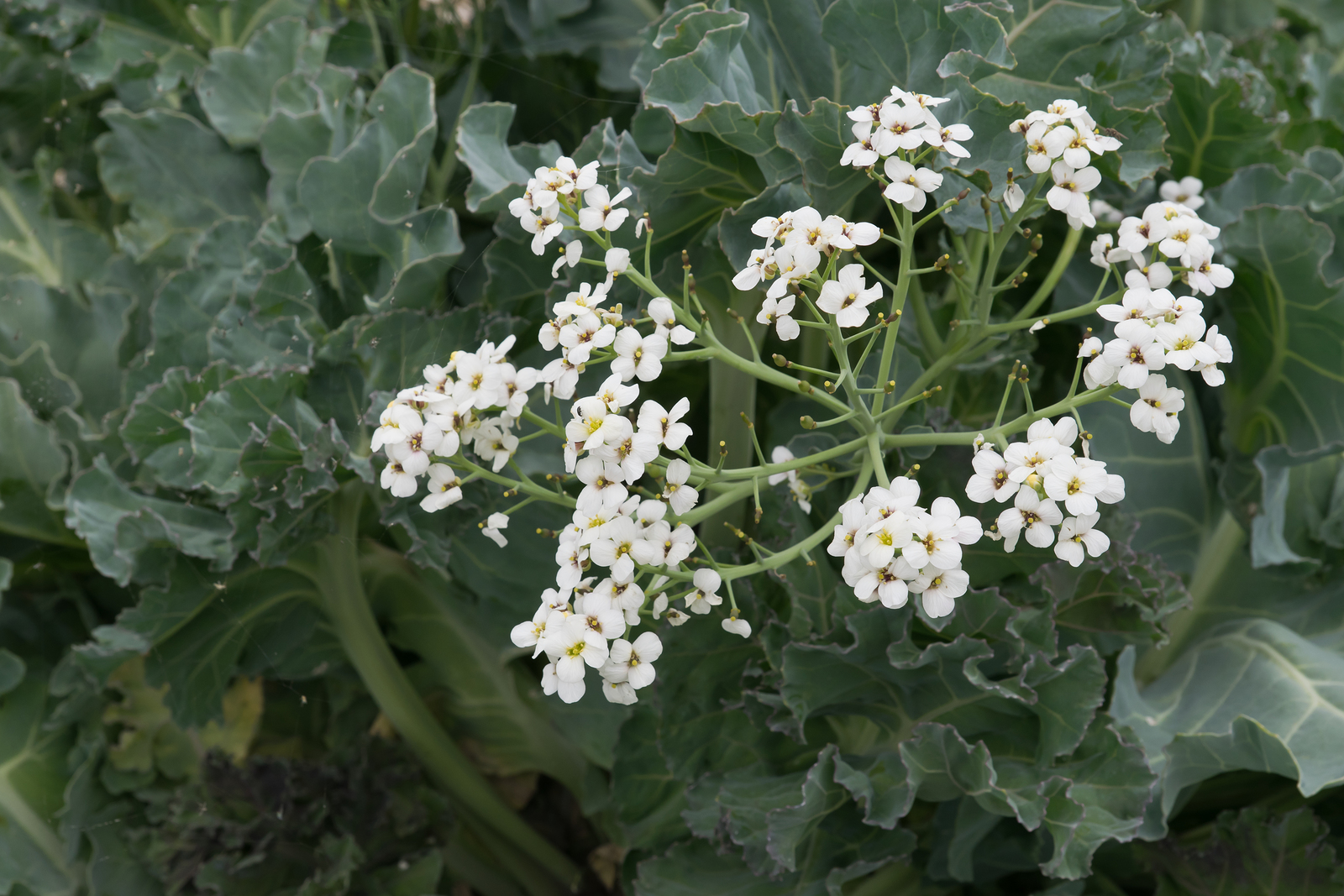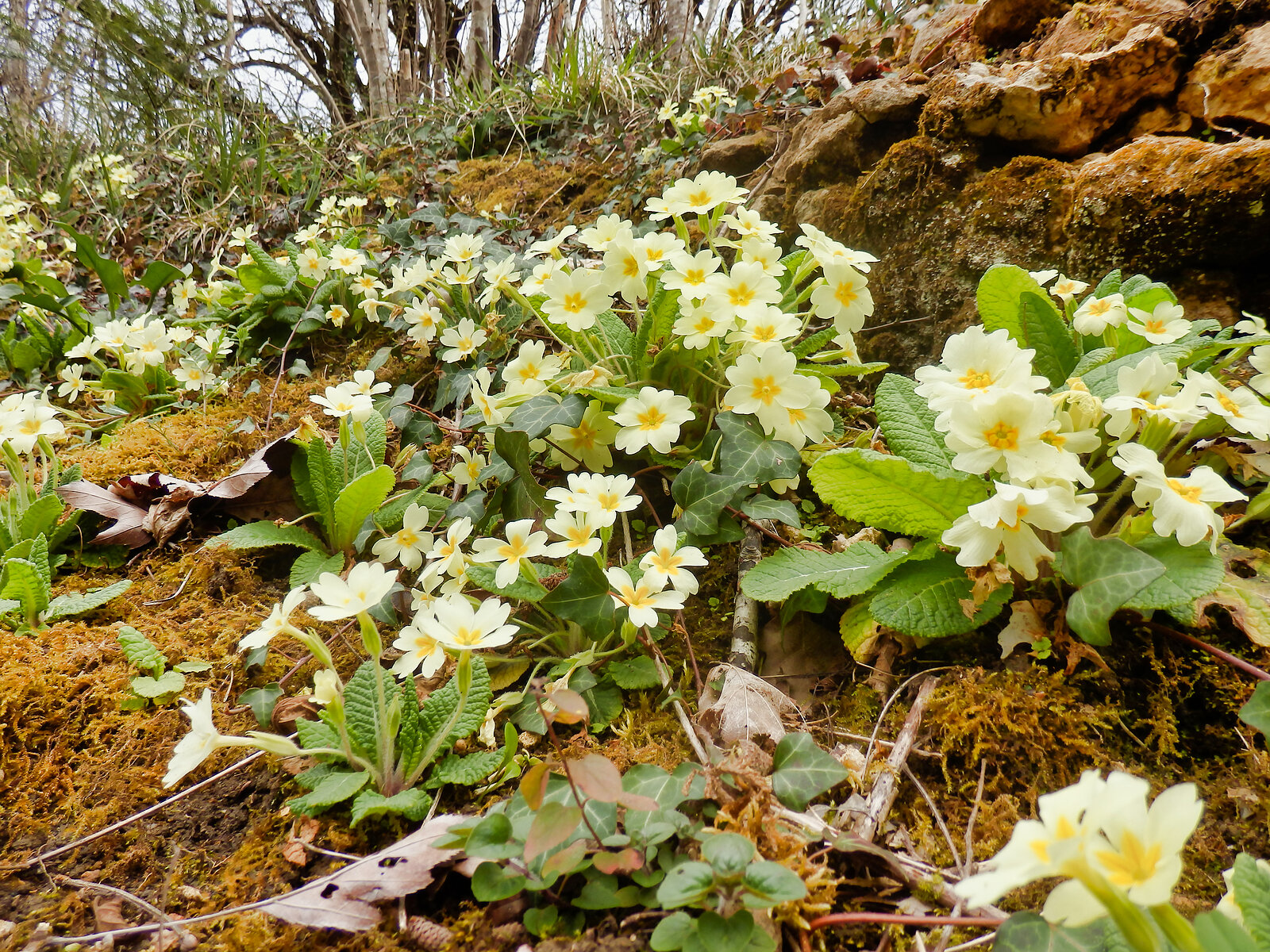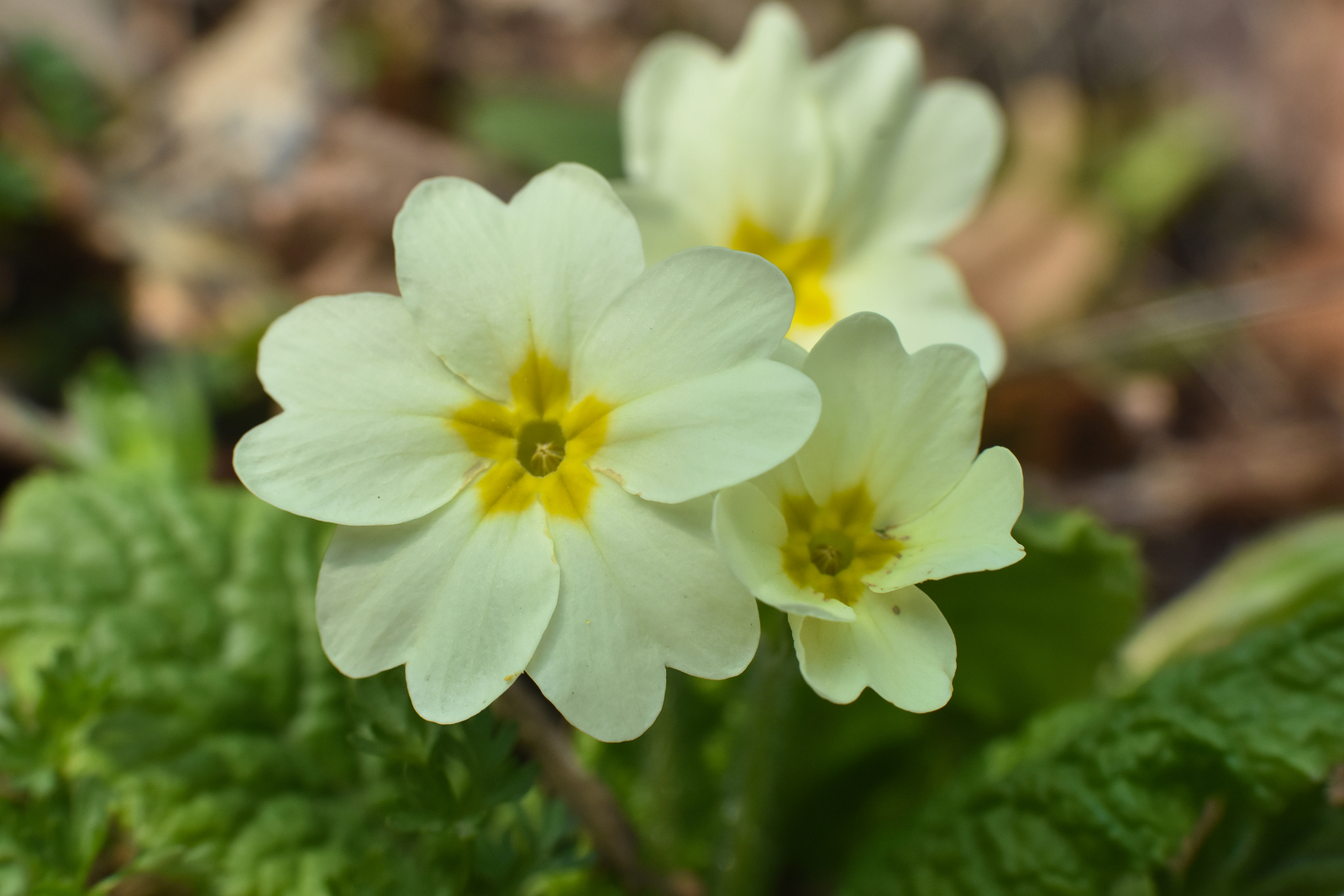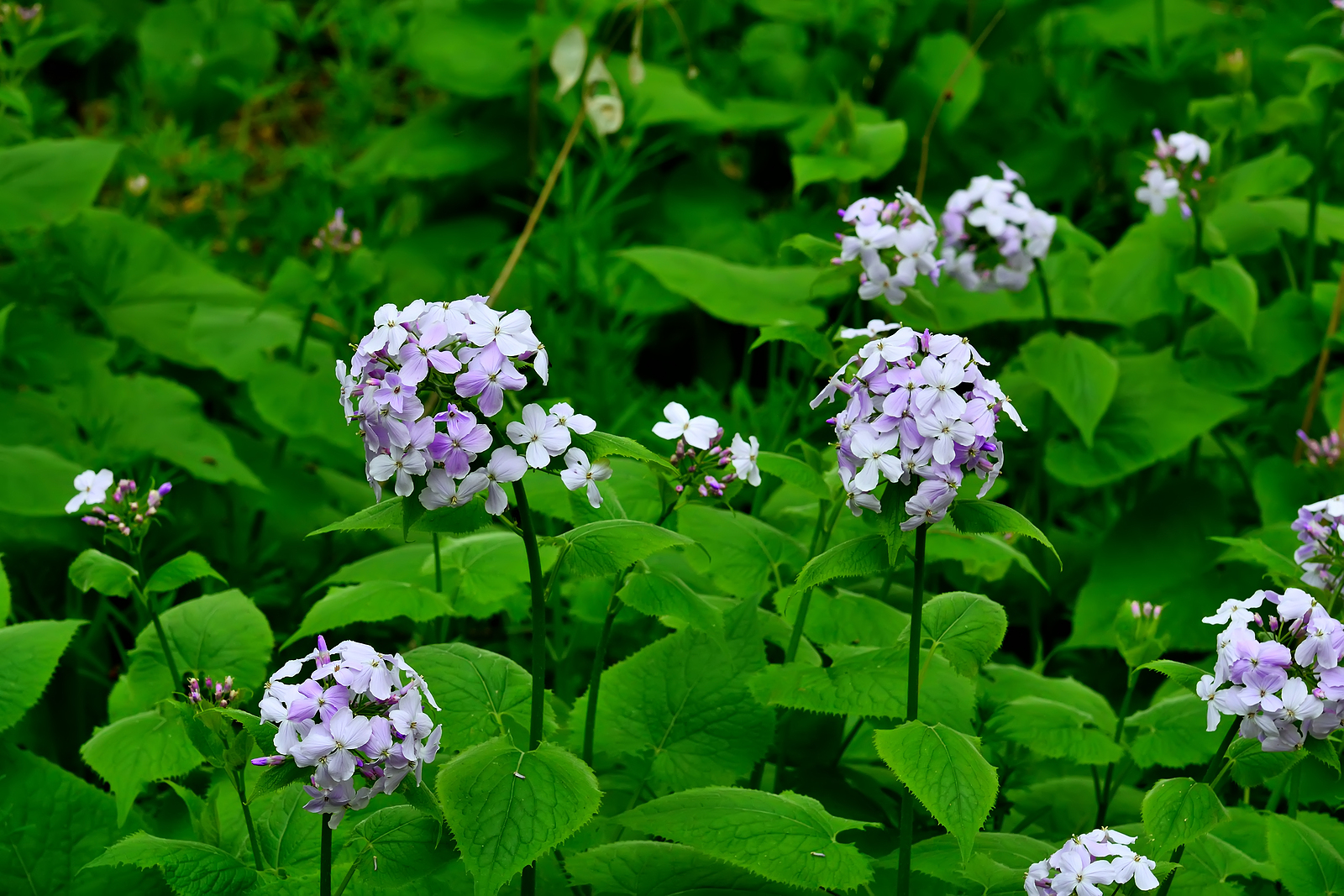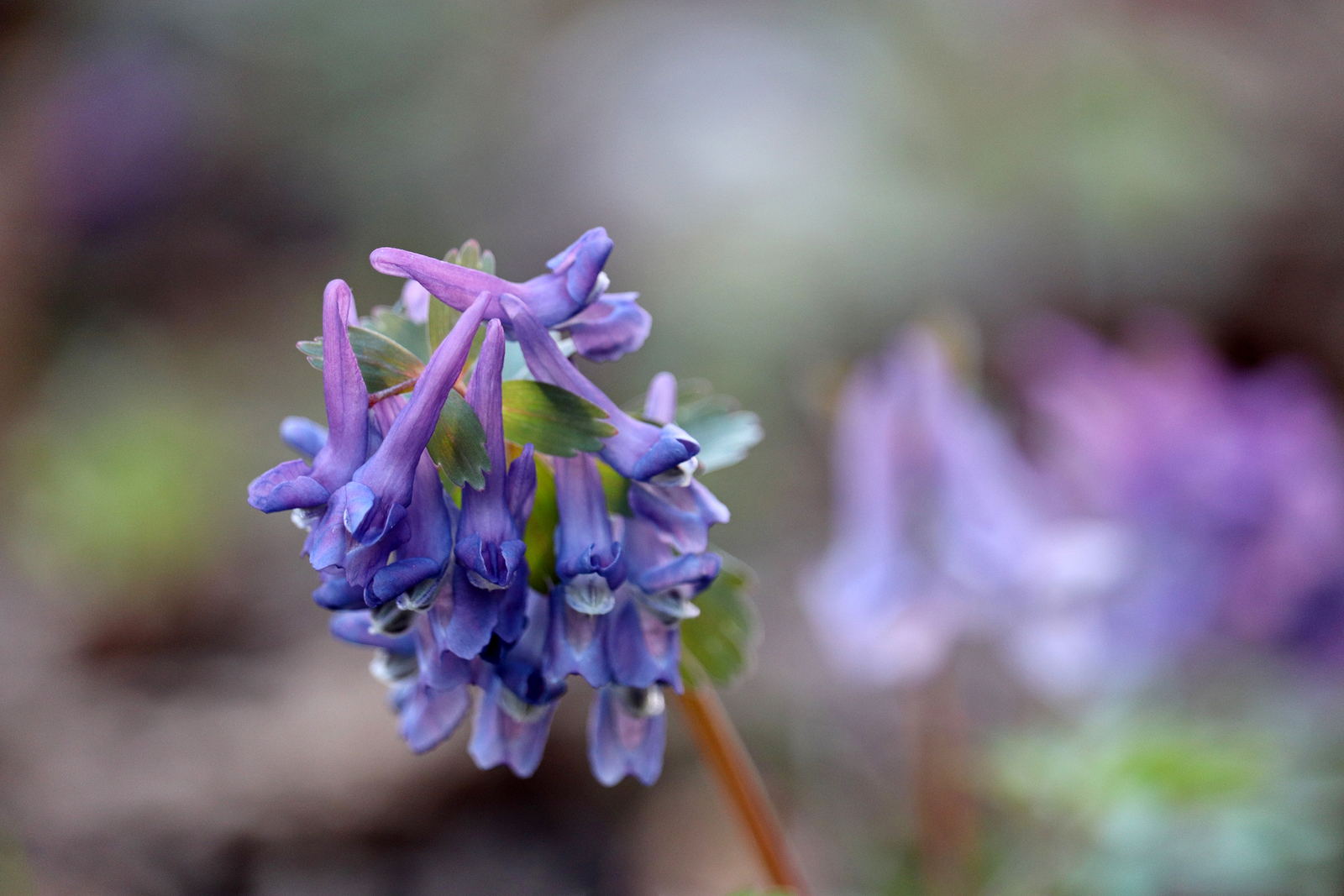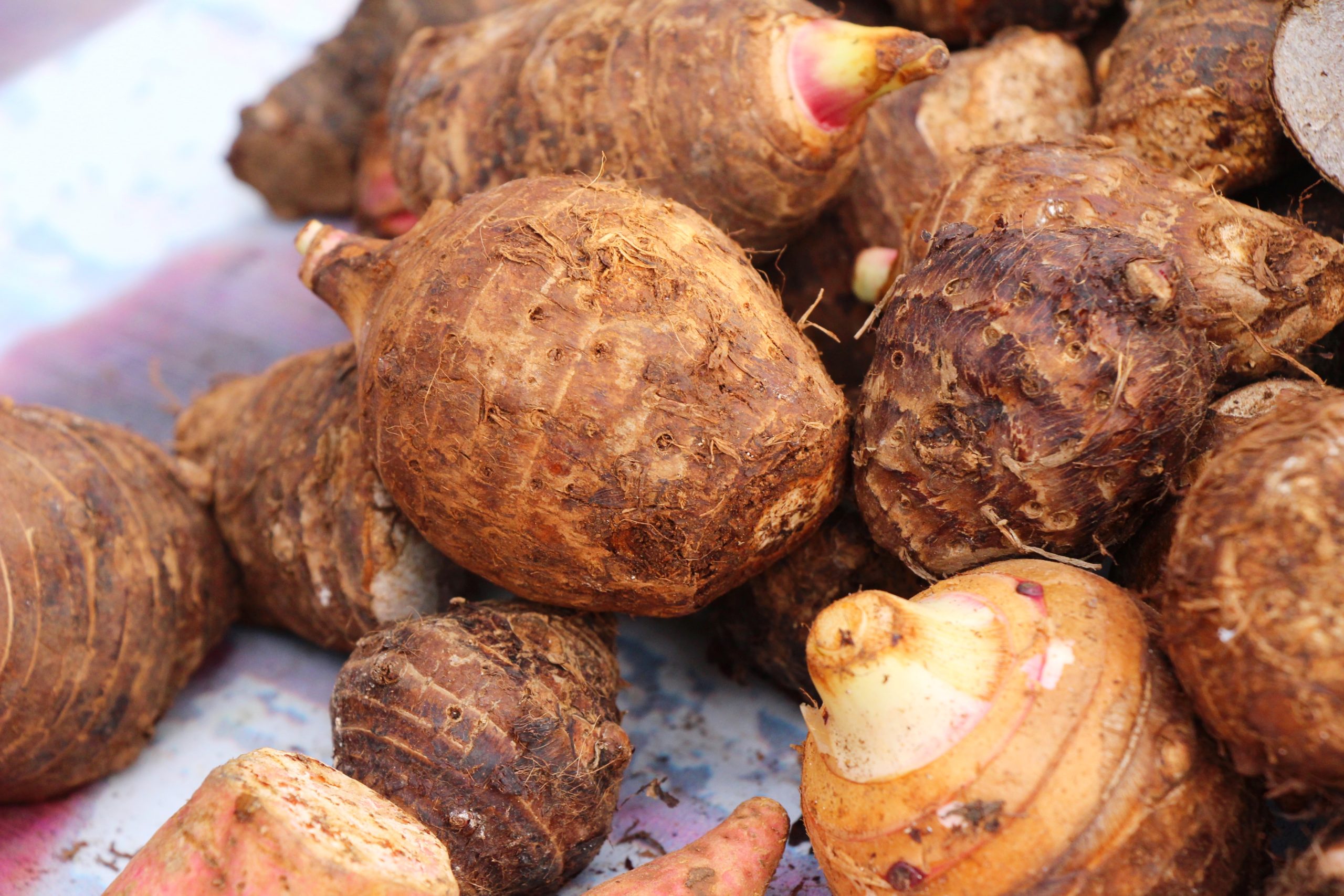How to Plant and Grow Lettuce
Lettuce grows best in cool weather and sunny locations. Spring, mid-summer, and early fall are the times of year to plant lettuce, but you can grow lettuce in the summer even in warm regions if you choose heat-tolerant and bolt-resistant varieties. There are lettuce cultivars that are ready for picking in 45 days and others […] More


